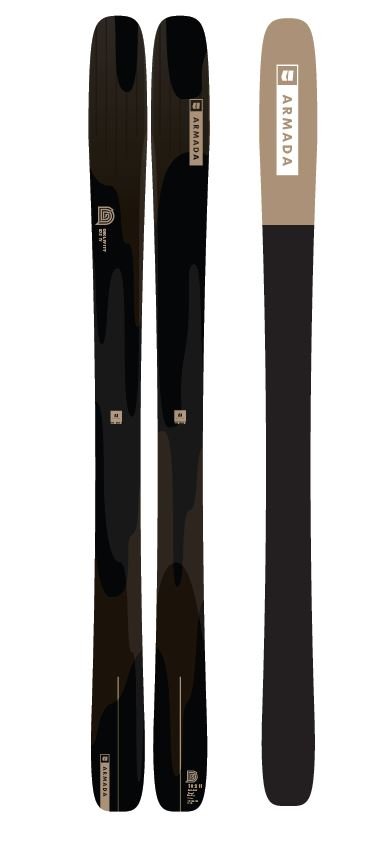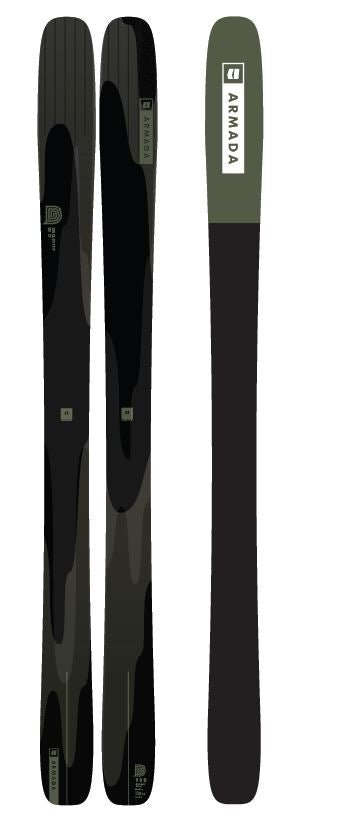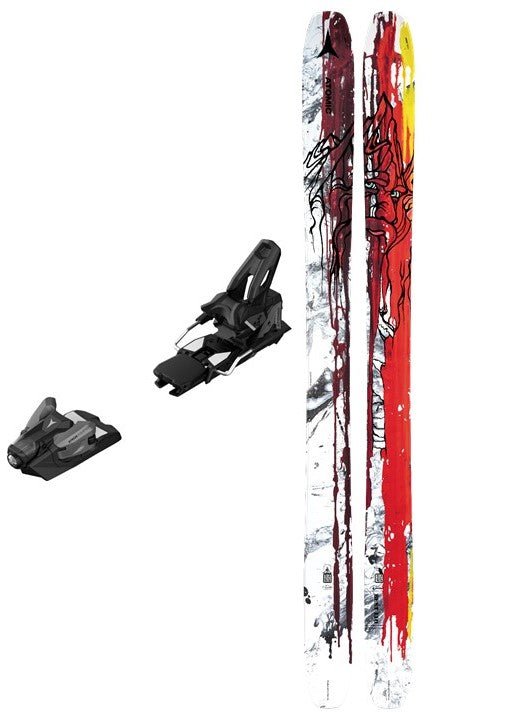Snowride Sports Ski Shop has New Zealand’s most comprehensive range of Ski Gear including Skis, Ski Boots, Bindings, and touring gear from outstanding brands such as Atomic, Fischer, Faction, Volkl, Head, Line, and Nordica. Our range spans all types of skiing from Downhill, Freestyle, and all mountain from beginner to expert and everyone in-between. With Custom Boot Fitting, Rentals, a full top of the line workshop, and our full range in-store at our Christchurch location.
- Search
- 0











